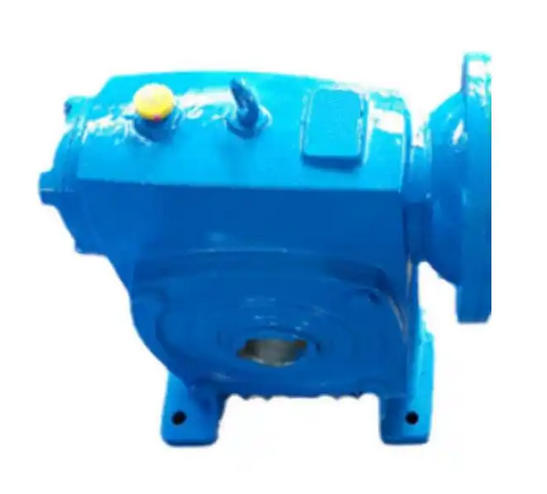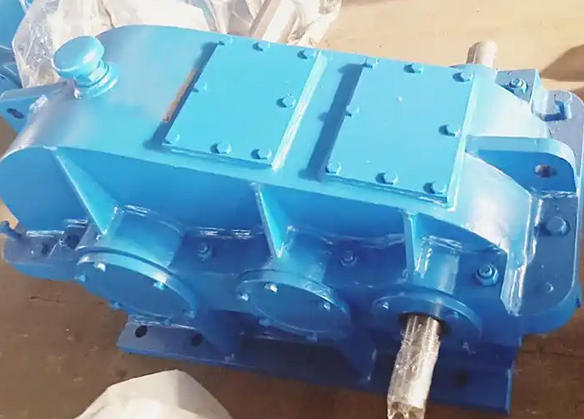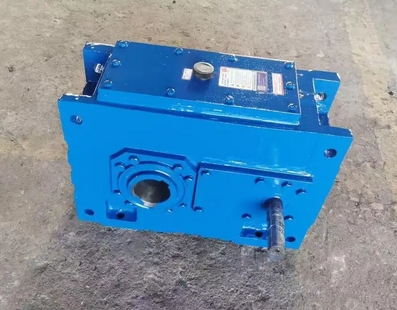How to replace the cooling fan of WPDKS80-30-1.5KW worm gear reducer
To replace the cooling fan of the WPDKS80-30-1.5KW worm gear reducer, the process of "safe power-off → disassembly of the old fan → matching of the new fan → installation and reset" should be followed. The core is to ensure correct wiring and firm installation to avoid heat dissipation failure caused by model mismatch or improper installation.1、 Preparation before replacement: Confirm the model and tools to ensure safety
Confirm the fan model and parameters. First, record the key parameters of the old fan (to avoid purchasing it incorrectly):
Voltage: usually AC220V or 380V (check the fan motor nameplate, consistent with the power supply of the reducer);
Power: mostly between 15-40W (low-power fans, excessive power may cause circuit overload);

Installation dimensions: fan outer diameter (usually Φ 80-120mm), fixed hole spacing (hole center distance, such as 4-M4 screw holes, spacing 50mm), shaft length (if it is a shaft mounted fan).
If the nameplate is blurry, you can refer to the gearbox manual or contact the manufacturer to provide the appropriate model (WPDKS80 is a small gearbox, and the fan is mostly an external axial fan).
List of Tools and Materials
Tools: Cross/Phillips screwdriver, pointed nose pliers (for wire removal), electrical tape (for insulation protection), wrench (if the fan is fixed with bolts), multimeter (optional, for detecting motor continuity).
Materials: New fan (parameter matching), spare screws (if old screws rust, it is recommended to replace them with stainless steel screws of the same specification), wiring terminals (if the original terminals oxidize).
Safety precautions
The main power supply of the reducer must be cut off (unplugged or tripped), and a voltage tester must be used to confirm that there is no electricity to avoid electric shock;
Wait for the gearbox and fan to cool down to ambient temperature to prevent burns from high temperatures;
If the fan is connected to the motor wire, mark the wiring position (such as taking photos) to avoid subsequent wiring errors.



